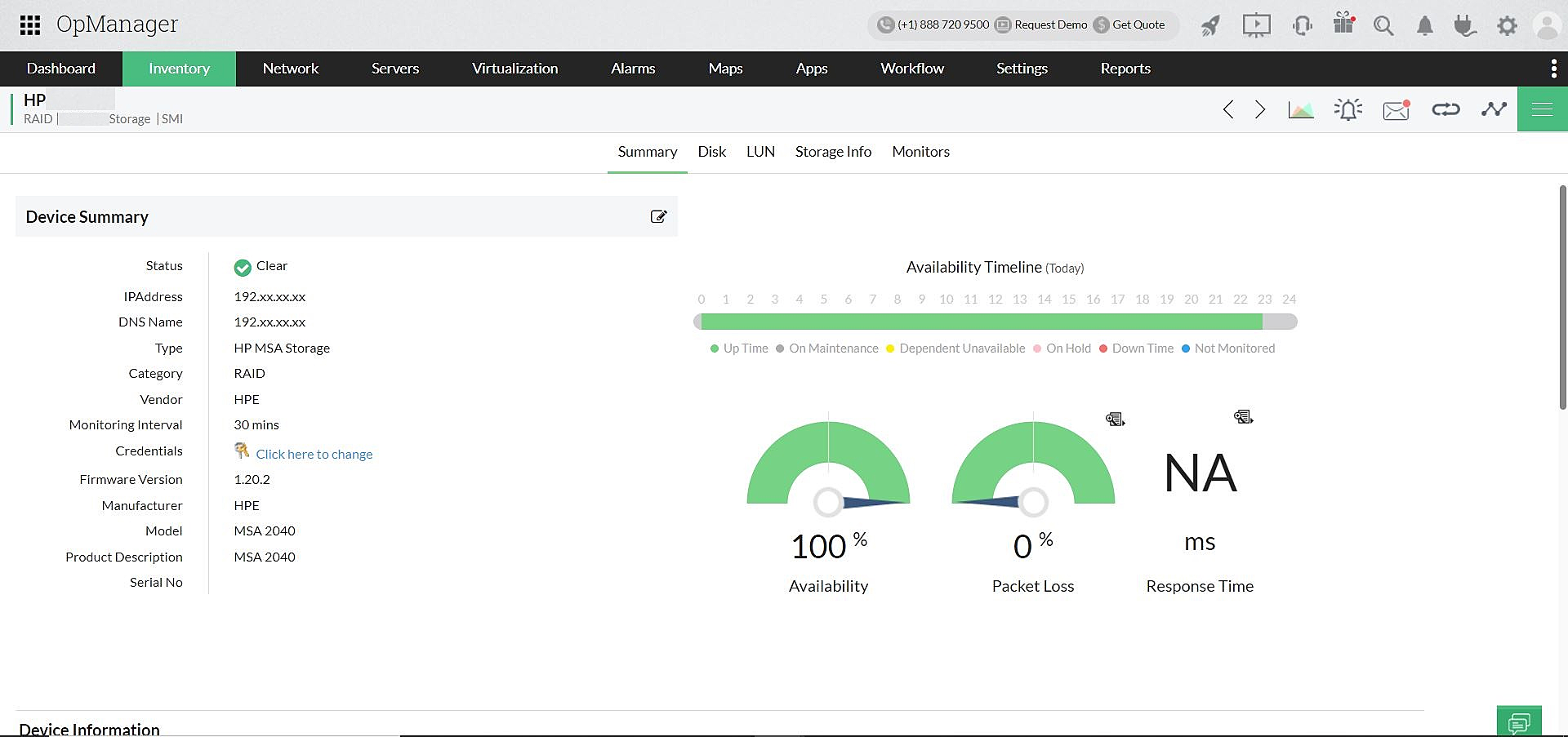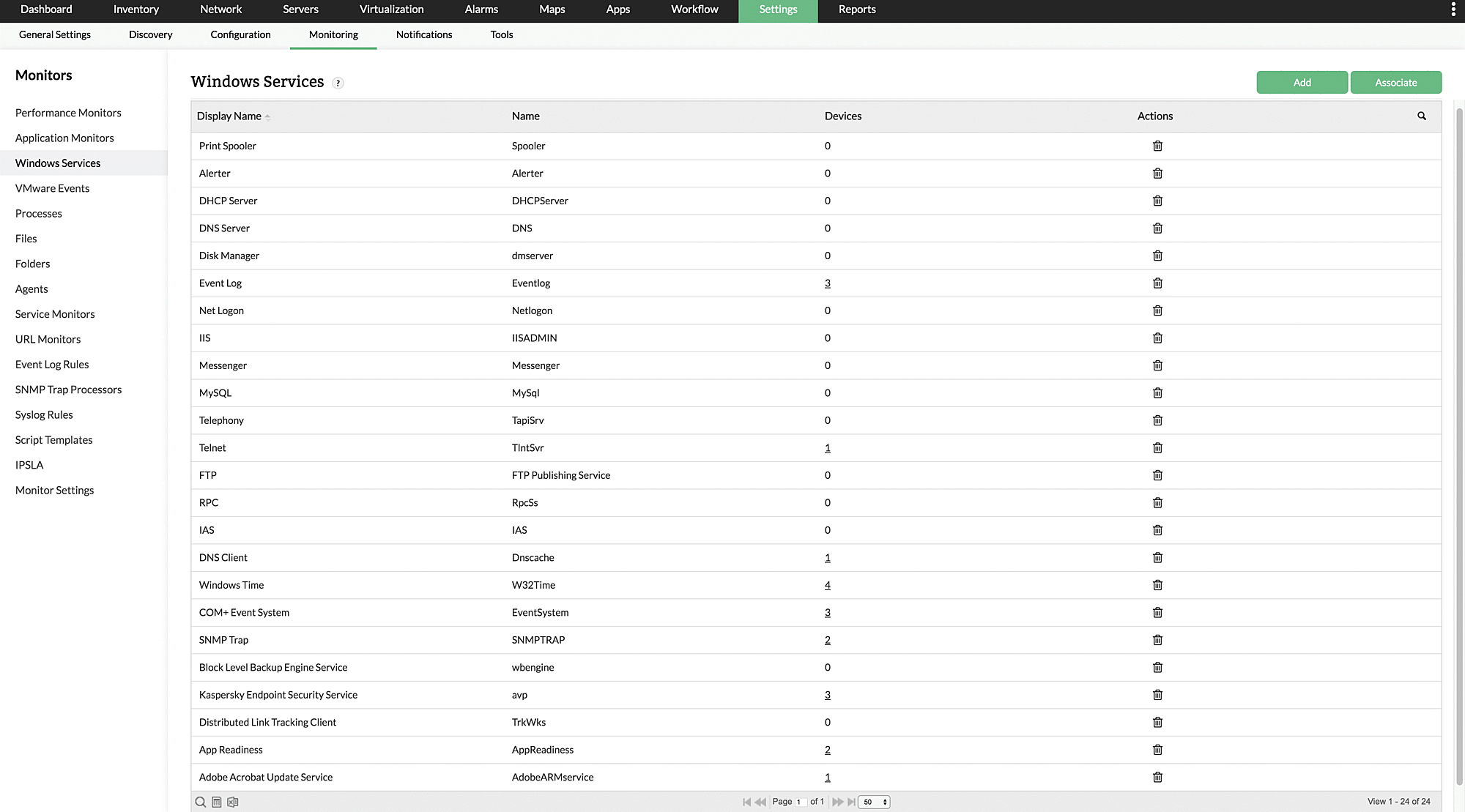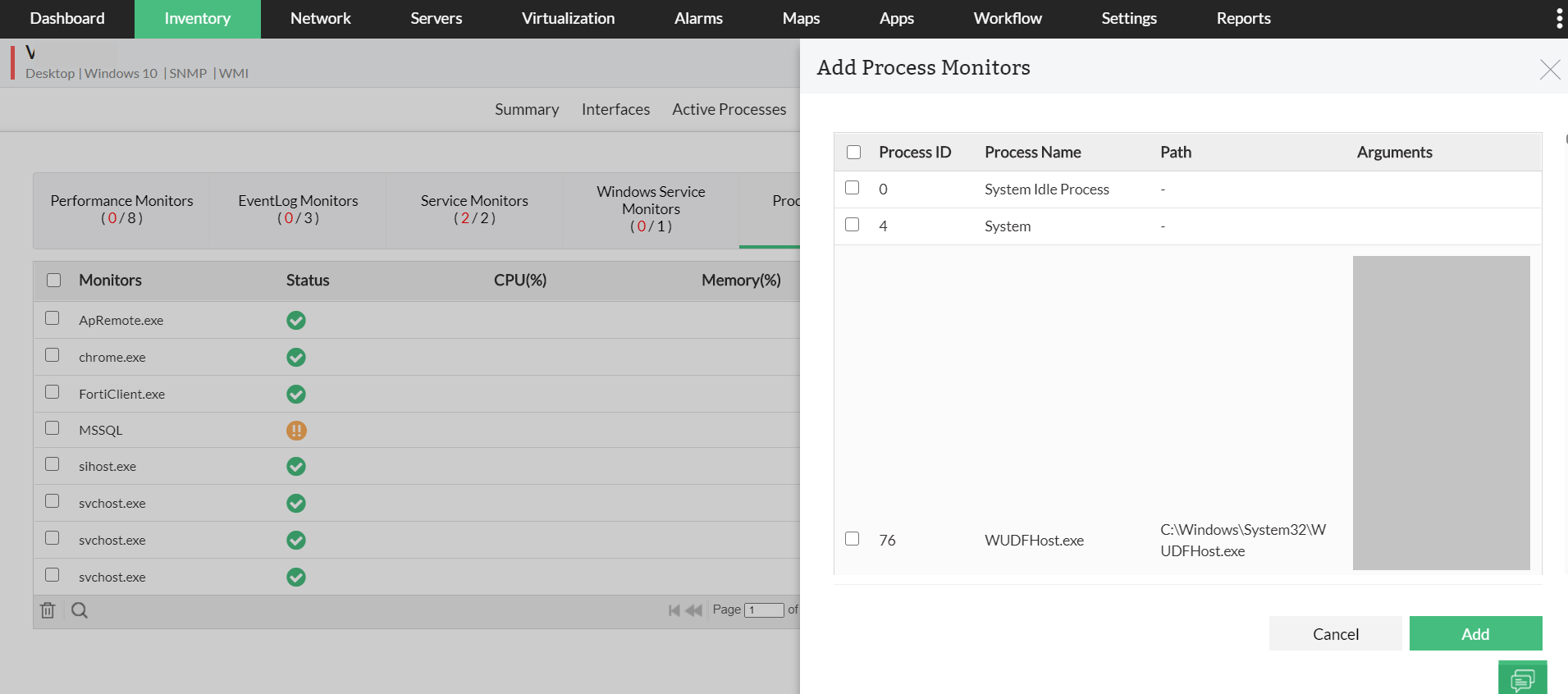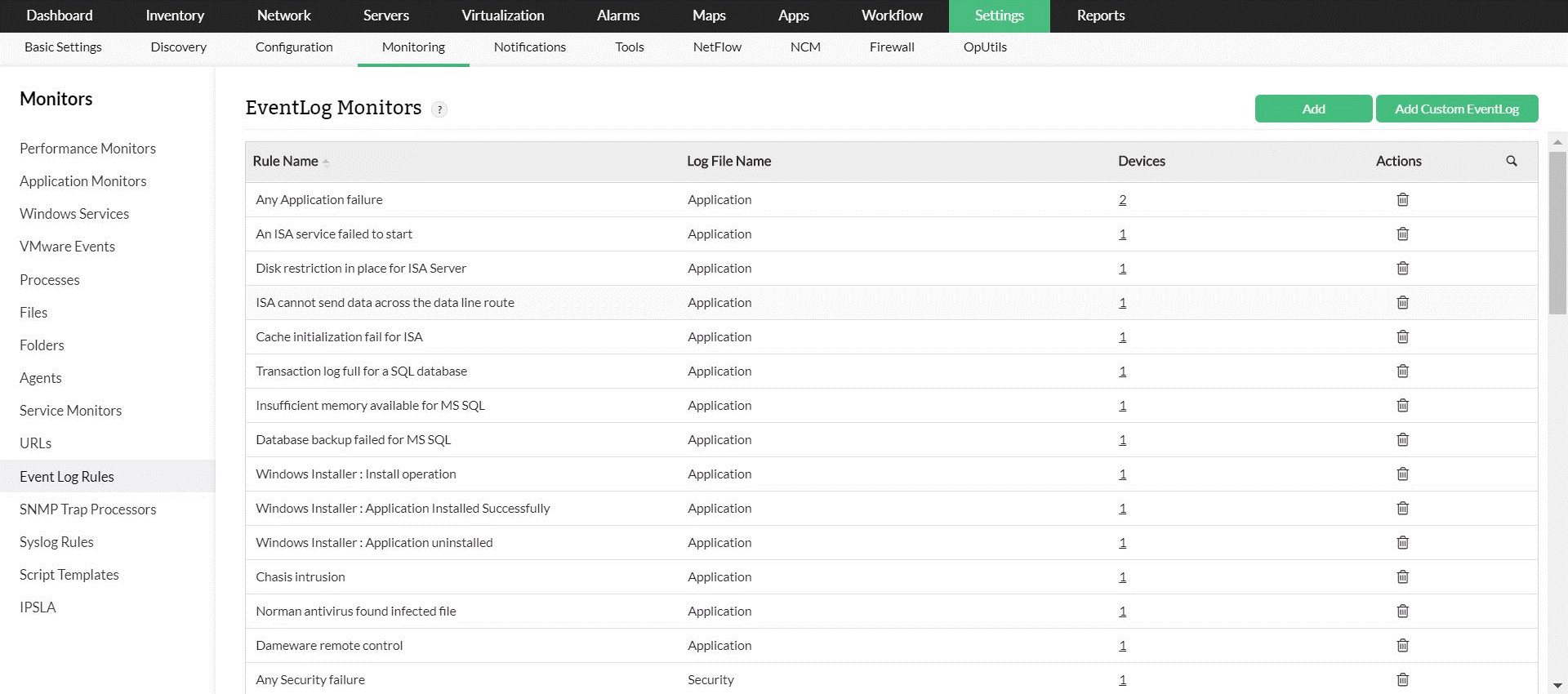As networks evolve and become more complex, companies need to monitor their network infrastructures more than ever because even minor system outages can result in significant losses. Network monitoring tools offer both real-time data and graphical overviews of the network's status. This enables you to accurately picture what is going on so you know where changes are required. For homogeneous networks such as Microsoft networks, it is particularly critical to monitor the networks, systems, and services to ensure all components are performing optimally.
The increasing complexity of network environments presents significant challenges for efficient network monitoring. This should not be surprising as different network devices, systems, and services might be included in such environments. In a homogeneous network, network admins face numerous challenges in their everyday monitoring operations, including maintaining visibility into the network, performance detection, and root cause analysis.
With the help of ManageEngine OpManager, network administrators can understand network behavior, including application and network use, network abnormalities, and security vulnerabilities. It helps not only in providing an overview of the availability of the network devices and Windows servers in your Microsoft infrastructure but also in monitoring each Windows service and process. It regularly checks your Microsoft server environment using WMI protocol in order to guarantee optimal performance.
With over 1,000 KPIs spanning over 200 physical and virtual device types, including routers, switches, servers, and Hyper-V VMs, OpManager enables end-to-end monitoring of Microsoft network environments with the help of its adaptive, AI-based thresholds. Its informative reports enable you to proactively identify and evaluate performance bottlenecks as well as increase the efficiency of your network equipment.

For Microsoft applications like Exchange Server and SQL Server, Windows servers provide a backbone. It is therefore vital to ensure that the servers, the server hosting program, and the connection between the servers are all error-free. OpManager uses WMI protocol to monitor your Windows servers and offer deeper visibility into crucial server metrics. To proactively handle issues in your Windows server environment, OpManager monitors KPIs such as memory, CPU, and disk usage.
OpManager's VM monitoring features monitor Hyper-V and associated guest VMs. The dedicated Hyper-V management tools provide the necessary full visibility for managing your Hyper-V virtual infrastructure. OpManager enables you to quickly assess the current state of all your hosts and VMs.

OpManager's Windows service monitoring tool enables you to monitor Windows services locally or across numerous servers in your network. OpManager monitors Windows services through WMI and does not require the installation of an agent on any remote computer.

OpManager monitors and analyzes the performance of a wide range of Windows processes, including Client Server Runtime Process, Registry, Security Authority Host, and Service Host. Using OpManager's multi-level threshold-based alerting, you can get alerts on possible problems and monitor process health, availability, and performance.

As an integrated network, server, and application management solution, OpManager allows you to monitor Windows event logs. This includes crucial security logs, application logs, and system logs across all Windows servers and workstations in your network.

As a network monitor, OpManager notifies you instantly if any of your Windows services go down. Configure OpManager's notification profiles, and it will send you alarms by email, text message, or Slack. This accelerates the troubleshooting process and reduces downtime.
OpManager provides an easy-to-use interface with over 100 built-in reporting profiles, all of which are logically organized as server reports, device reports, service reports, and more. Users can also create a new report with the Advanced report option simply by defining the necessary criteria.